Too embarrassed to ask: what is book value?
A popular way to value a company is to use the price/book ratio, which compares a company’s share price with its book value. But what is book value?
There are many ways to estimate the value of a company. One ratio that is popular with value investors in particular, is the price/book ratio, which compares a company’s share price with its book value.
So what is book value? Quite simply, it’s the total value of a company’s assets after subtracting all of its liabilities.You can find it in the balance sheet section of a company’s annual report. It’s also known as shareholders’ equity, or net asset value.
Assets come in two main types. Tangible assets include land, machinery, cash - anything you can “touch” (including cash in the bank, and other financial assets such as shares). Intangible assets include the value of a brand, or intellectual property rights – assets that you can’t touch, but which definitely have a value.
Subscribe to MoneyWeek
Subscribe to MoneyWeek today and get your first six magazine issues absolutely FREE

Sign up to Money Morning
Don't miss the latest investment and personal finances news, market analysis, plus money-saving tips with our free twice-daily newsletter
Don't miss the latest investment and personal finances news, market analysis, plus money-saving tips with our free twice-daily newsletter
Intangible assets are harder to put a specific value on than tangible assets. It’s a lot easier to know what a fleet of vehicles is worth today than it is to put a precise value on a brand at any given point in time.Moreover, many of the costs that create intangible value (such as spending on research and development) never end up being recorded on the balance sheet as a result of accounting conventions.
Yet for many companies – tech stocks are an obvious example, but consumer goods companies are another – the value of the intangible assets may well be far greater than any physical assets they own. As a result, book value is arguably more useful for valuing companies with lots of tangible assets, such as housebuilders or banks.
If you divide the share price by the book value per share, this can give you an idea of whether the company is cheap or expensive.A price/book value of less than one means that, in theory, you can buy the company for less than its assets are worth.
In other words, if you had the means to buy the whole company, you could buy it, then sell off all of its assets immediately, and still make a profit. Of course, it may also imply that investors are sceptical as to the real value of the company’s assets.
To learn more about book value and its limitations, subscribe to MoneyWeek magazine.
-
 Stop inheritance tax perk on pensions, says IFS
Stop inheritance tax perk on pensions, says IFSThe government could raise billions of pounds in revenue by closing inheritance tax loopholes, such as on pensions and AIM shares. Is your pension at risk?
By Ruth Emery Published
-
 Revealed: Best buy-to-let property hotspots in the UK
Revealed: Best buy-to-let property hotspots in the UKLooking for the best buy-to-let property locations in the UK? We reveal the top 10 postcodes with the strongest rental returns
By Oojal Dhanjal Published
-
What is an investment trust?
Videos “Active” investment funds come in two main varieties, one of which is investment trusts. But what exactly is an investment trust?
By Rupert Hargreaves Last updated
-
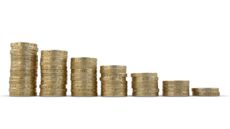 What is a dividend yield?
What is a dividend yield?Videos Learn what a dividend yield is and what it can tell investors about a company's plans to return profits to its investors.
By Rupert Hargreaves Published
-
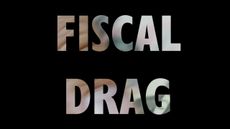 High earners to pay nearly £2000 more in tax due to fiscal drag
High earners to pay nearly £2000 more in tax due to fiscal dragVideos The government froze tax thresholds, which will drag employees into higher tax bands as wages rise with inflation. We explain what fiscal drag is, and how to avoid it.
By Nicole García Mérida Last updated
-
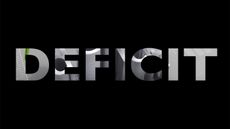 What is a deficit?
What is a deficit?Videos When we talk about government spending and the public finances, we often hear the word ‘deficit’ being used. But what is a deficit, and why does it matter?
By moneyweek Published
-
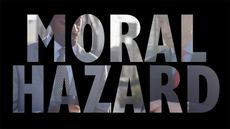 Too embarrassed to ask: what is moral hazard?
Too embarrassed to ask: what is moral hazard?Videos The term “moral hazard” comes from the insurance industry in the 18th century. But what does it mean today?
By moneyweek Published
-
 Too embarrassed to ask: what is contagion?
Too embarrassed to ask: what is contagion?Videos Most of us probably know what “contagion” is in a biological sense. But it also crops up in financial markets. Here's what it means.
By moneyweek Published
-
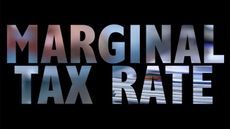 Too embarrassed to ask: what is a marginal tax rate?
Too embarrassed to ask: what is a marginal tax rate?Videos Your marginal tax rate is simply the tax rate you pay on each extra pound of income you earn. Here's how that works.
By moneyweek Published
-
 Too embarrassed to ask: what is stagflation?
Too embarrassed to ask: what is stagflation?Videos Traditionally, economists and central bankers worry about inflation or recession. But there is one thing worse than both: stagflation. Here's what it is
By moneyweek Published
